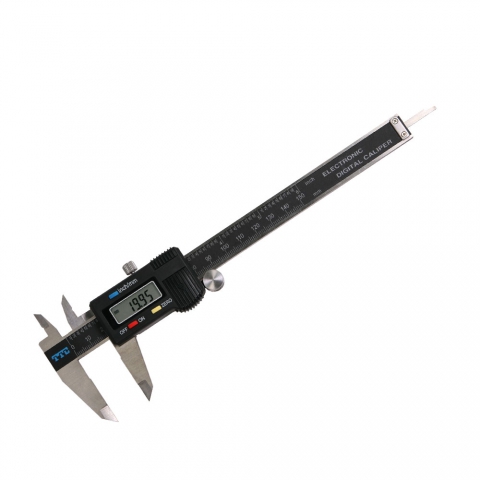theres an easier way, buy one of the brass wool 'sponges' for tip cleaning. best $12 I ever spent. I never need to do anything else to prepare a tip anymore. just a couple of stabs into the wool and i'm ready to go. so as long as you repeat that after every couple of joints (actually I do it almost every time unless i'm doing some in quick succession. then you should never be in a position that you have to worry
and for getting the tight shrink over the plug if youve forgotten to add to the cable or to make it fit over a largher cable than its designed for and the next size you have is too big. I use either scissors or my needle nose pliers, depending on how long the piece of shrink is. so I put the shrink over the scissors and pull the handles out, then turn the shrink a quarter turn and go again, each time moving the shrink a bit further up the scissors so youve got more leverage; then when you've got it about as far as you can go before you think its gonna split, you take it off and turn it around the other way and repeat so its fairly evenly stretched otherwise you have a piece thats wide at one end and pretty much normal the other. obviously this wont work on really long pieces, but its great for pieces for strain relief so you can get that nice and tight/neat look.
also for using silver wire with clear teflon, I always solder the wire with the teflon still off or at the very least pulled up the wire so its not close to the joint. this is good to avoid flux from being sucked up the clear teflon by capillary action and discolouring the wire. so just clean with a little alcohol and slide the teflon up to the joint.
another trick is often if you have to drill out connector bodies to get them over the cable, finish it off with a dremmel sanding bit and/or sand paper to avoid damaging the wire coating or; heaven forbid the techflex thats glued in place on a cable thats nearly finished when you thread it on before doing the other end. and if by chance you damage the teflon/PVC on a casing slightly with a sharp edge. use a lighter or I use a hot air tool, this does a good job of healing small scratches. moreso with the PVC types like jena or vampire, or any coating that is similar. teflon is pretty resistant to heat, so in order to fix that; dont do it in the first place by following the tips above LOL







